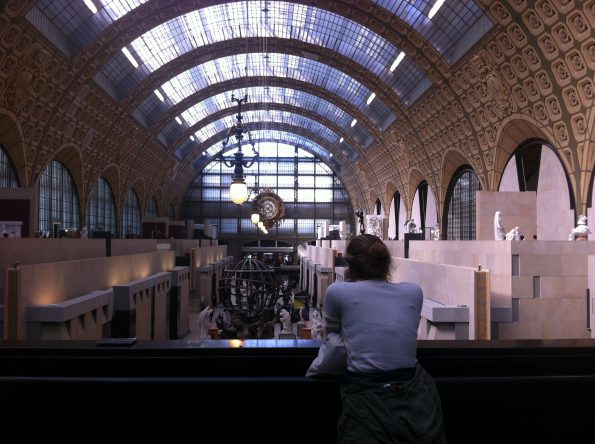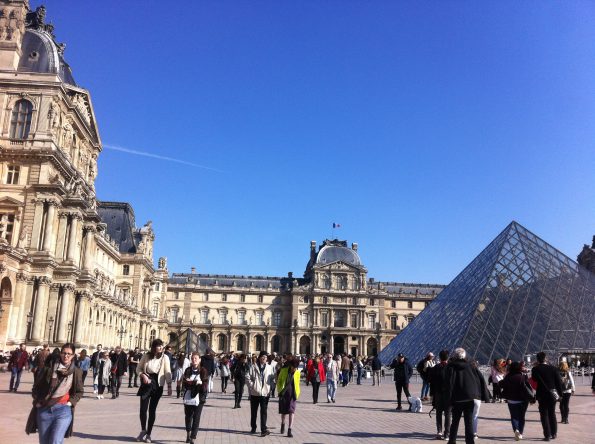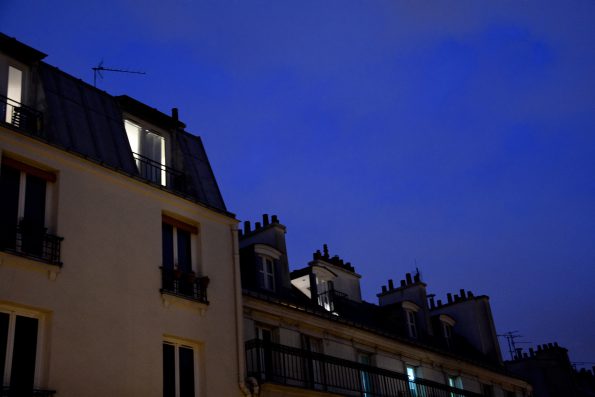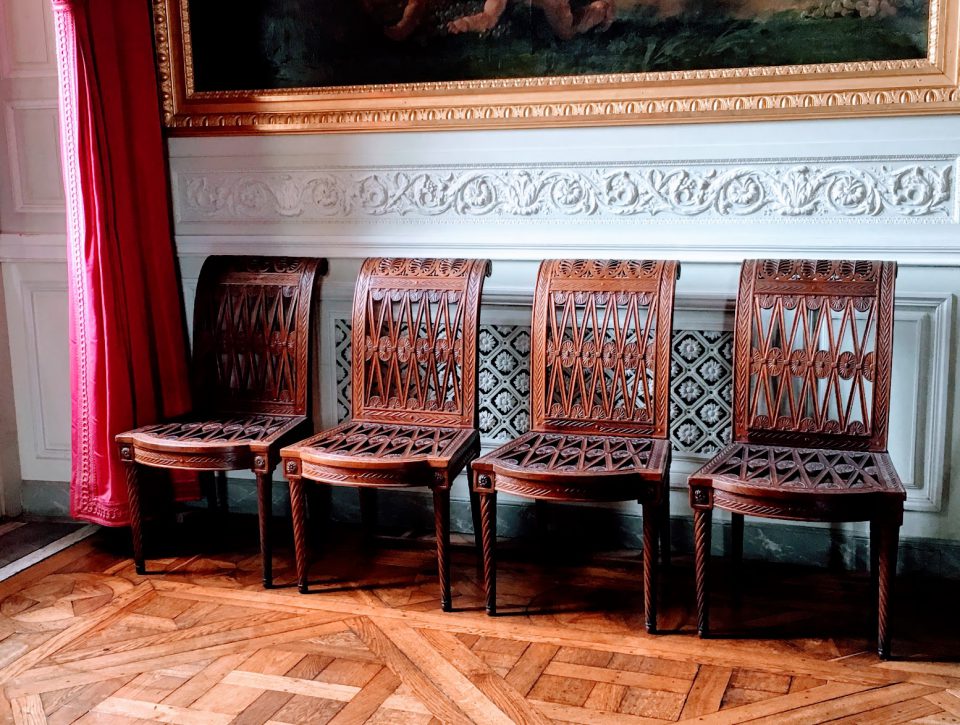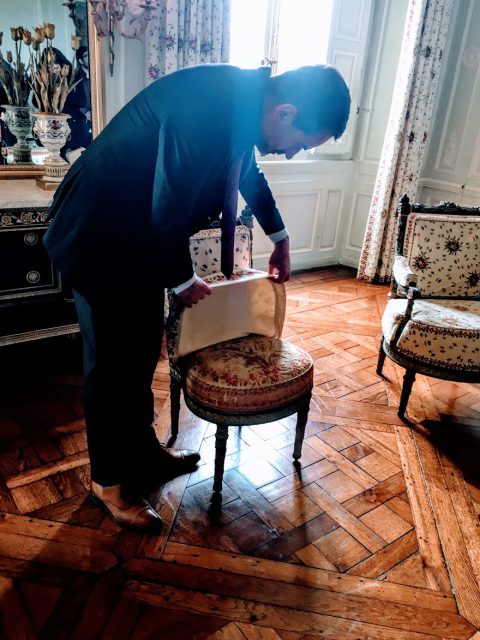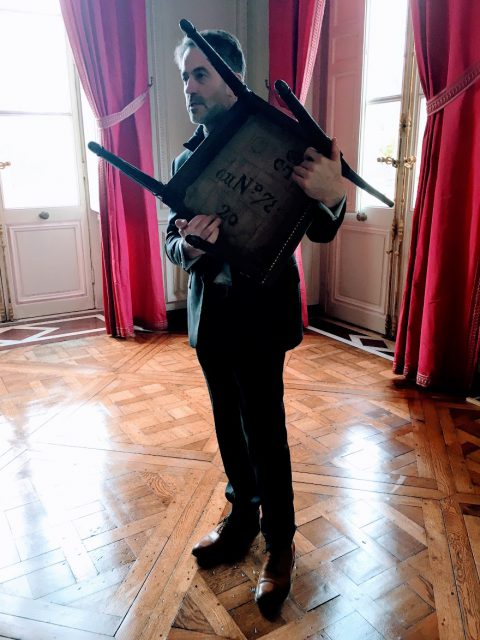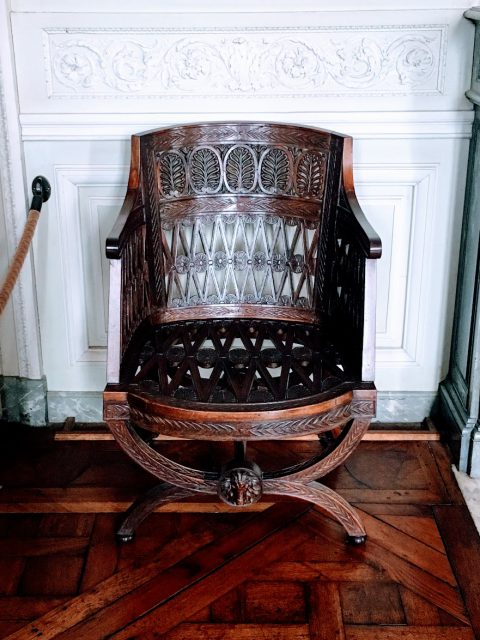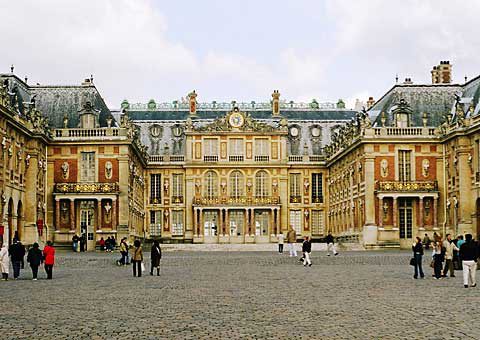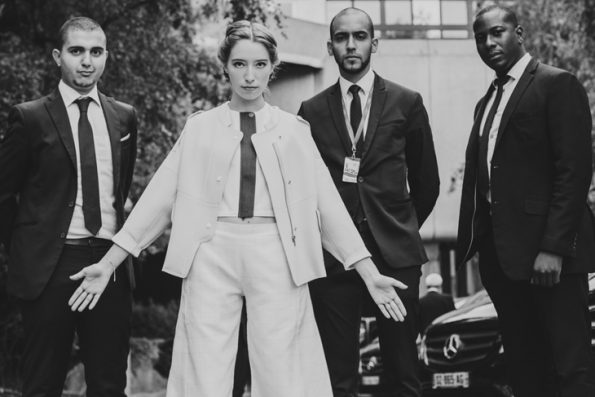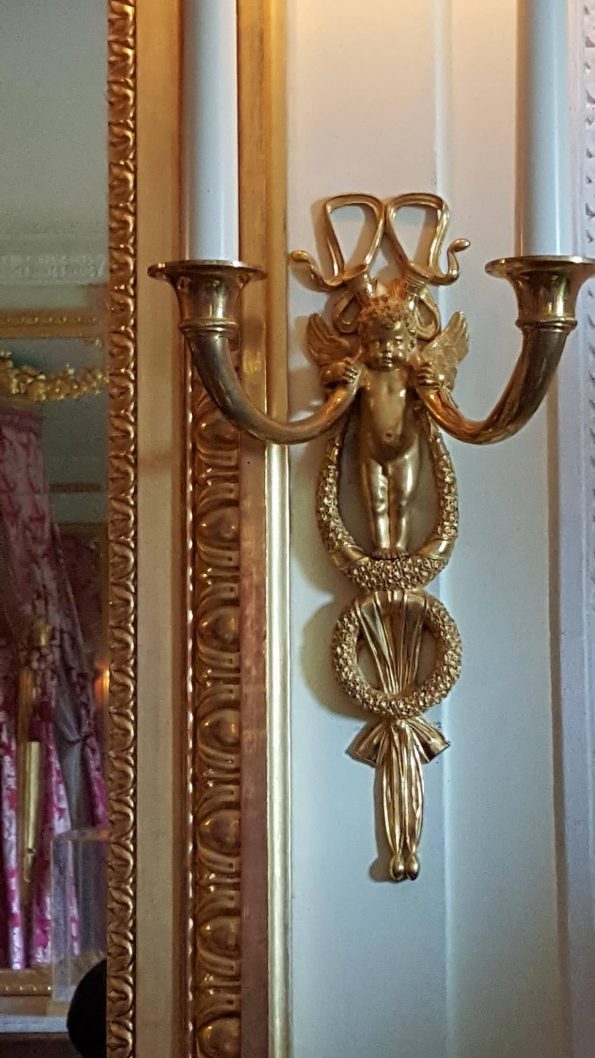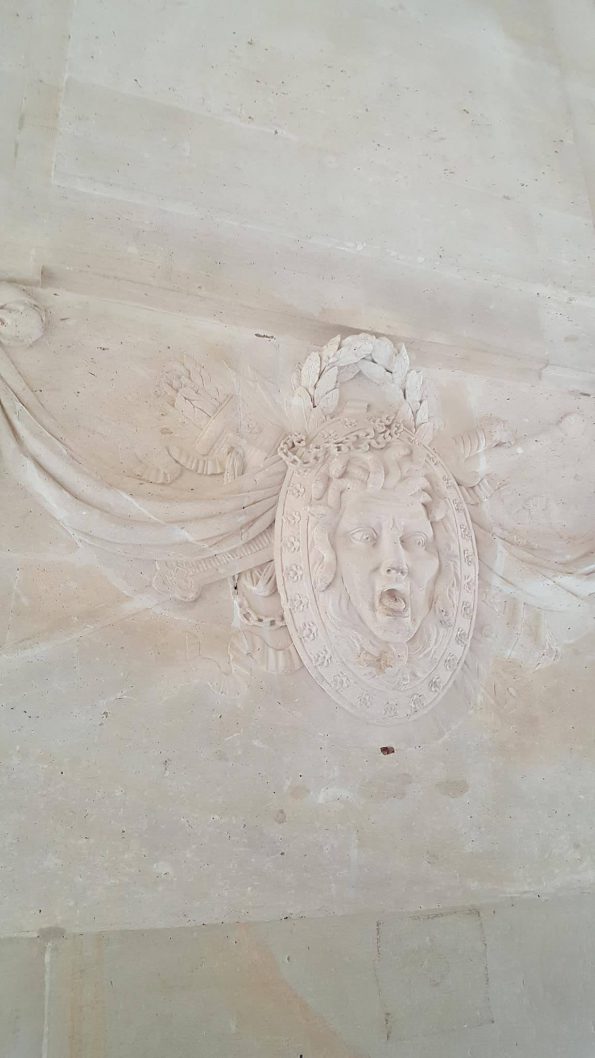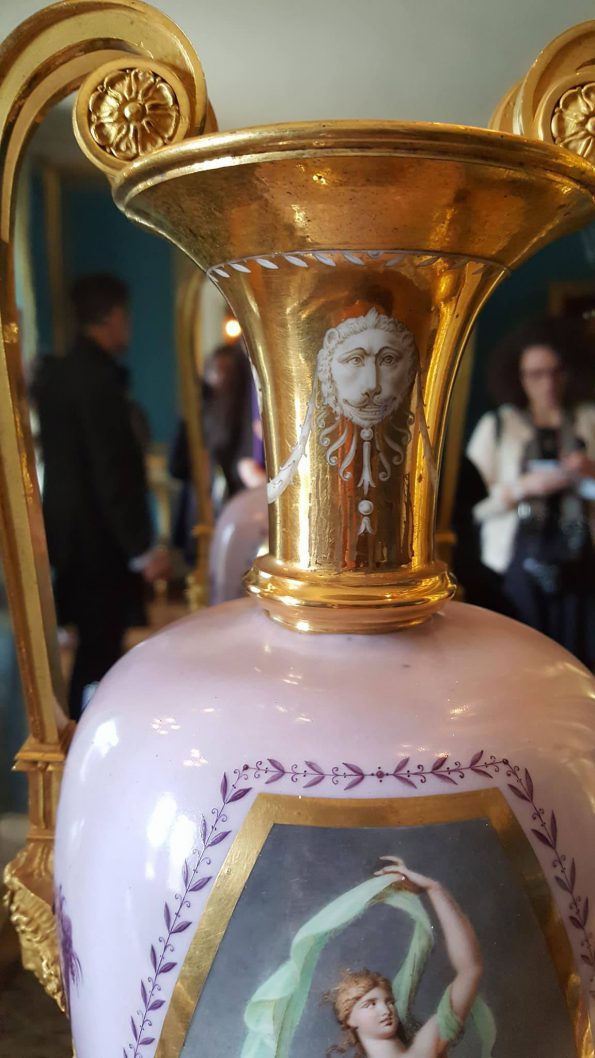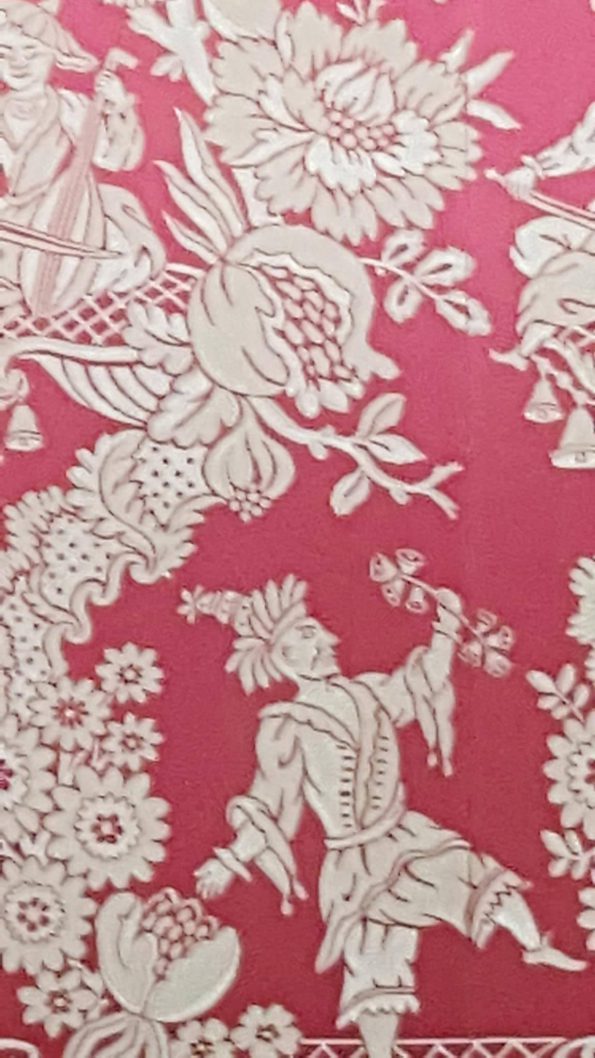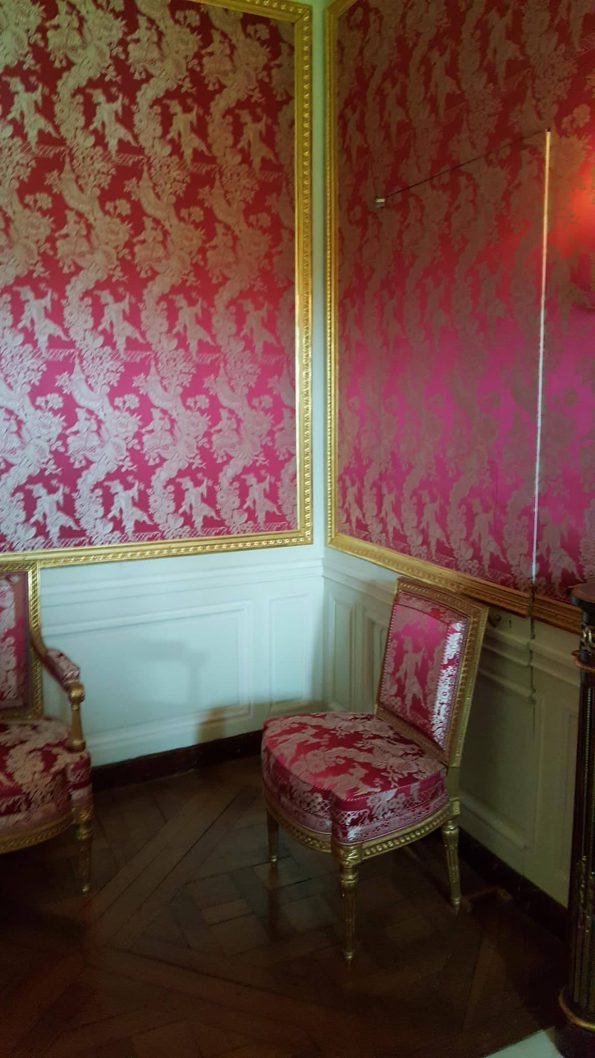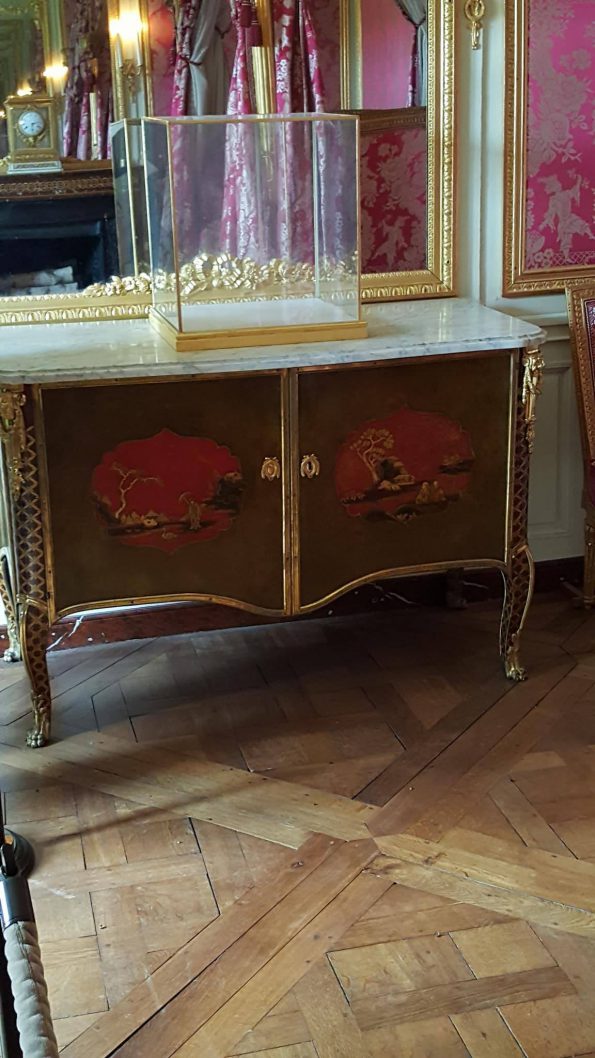By: Miriam Friedman
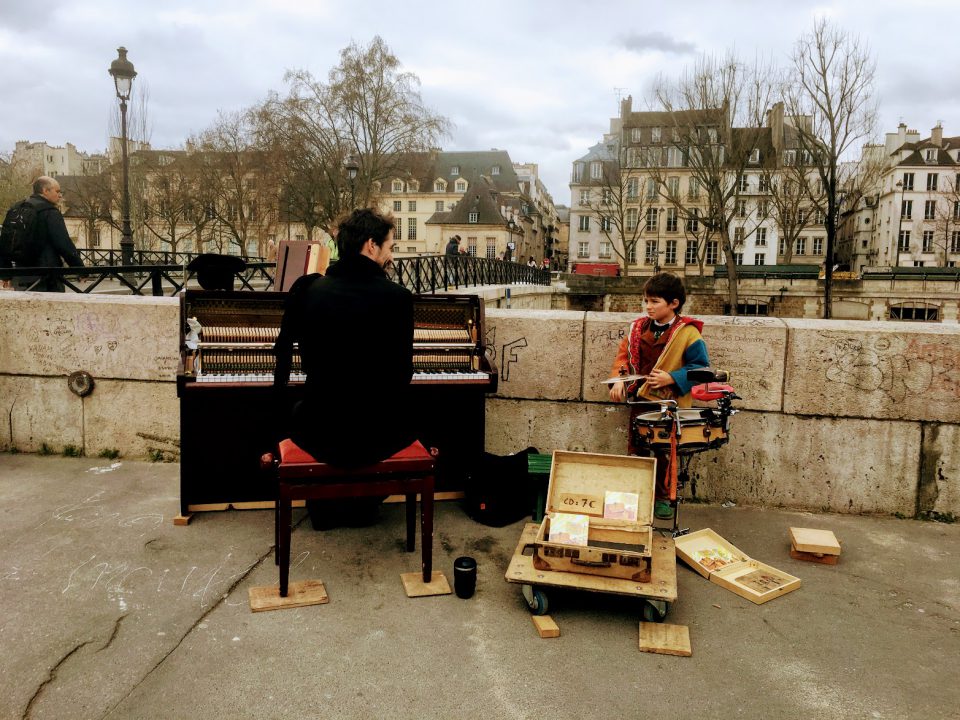
It’s easy to fall in love with the external beauty of Paris, but it’s much more difficult to feel like you belong within it. For an ex-pat, the European customs seem strangely unfamiliar—the double-cheeked kisses, and late dinners a new and, at first, uneasy adjustment. But once these conventions become routine, it is hard to imagine life without them. In due time, both body and soul normalize to this behavior. What remains is a beautifully impure amalgam: an American disguised as a Frenchwoman.
As I leave in the morning, the first feeling of welcome does not come from speaking French. “Bonjour,” “Merci,” and “Au Revoir” are enough to communicate on a basic level, and smiles and hand gestures fill in the gaps for locals who don’t speak more English than I do French. Yet somehow, in the space between these comedic gesticulations, I have gotten to know some of the locals on the city streets. Seeing them is my symbol of “good morning.” Walking from the same Metro station every day, the familiar smiles transform into chitchat, and a kinship is born.
After learning the fundamental pleasantries, becoming French is accompanied by an awareness of the surroundings. The man in the fruit shop on the corner knows me by name, and already guesses which item I will reach for when I enter his store: the bright green apples. I’ve found the perfect place to purchase a warm croissant, and the type of coffee that goes best with it (espresso, of course.) I no longer let the baker surprise me with his choice of pastry; I’ve tried so many that I know which is my personal favorite.
Though the city stretches for only nine miles from east to west, it is easy to get lost. The endless alleys make it difficult to find my way without a map. Though I know now that locating the Seine means finding the trail that can lead me home, I do not choose to go there just yet. Wandering forward, I pass bridges, performers, vendors, and landmarks like the Church of Notre Dame and the Eiffel Tower.
I don’t look at my watch, and I don’t monitor how long I stand before each of them. I love the smell of butter and chocolate that radiates through the air, and the cool breeze that blows my hair in more directions than I can count. I take in the moment. The absurdity of placing so many wonderful properties along a single path only makes me smile.

With no fixed destination in mind, I take yet another step forward. I find myself walking through the arches toward the Louvre. I stand at a distance and watch as the tourist throngs take the same picture pinching the museum’s pyramid tip. I feel no need to do the same, and instead enjoy observing the people gather as I hear them speaking more languages than I can discern. Like me, these people came from across the globe to see Paris in all its glory. I continue onward as I wonder what secrets they have found, and hope that I will continue to find more of my own.

Despite its perception as cliché, the best part about Paris is still the Eiffel tower at night. As I lay down on the lawn before it, my body sinks into the bed of grass. Somehow, lying beside the monument makes my fears and worries disappear into the ether. I realize that Paris is no longer a forlorn dream; it is my reality.
On my walk back to the ninth arrondissement, I pass my greengrocer on the street. “La Bise” is the greeting that seems most appropriate. We exchange “Bonsoirs” and go our separate ways. It is 7 p.m., but my body no longer hungers for dinner; it knows the meal is not coming until later.
I have come a long way since my first step off the plane into the city of light. Though today, my body has left Paris, I’m not sure that Paris will ever leave me.


